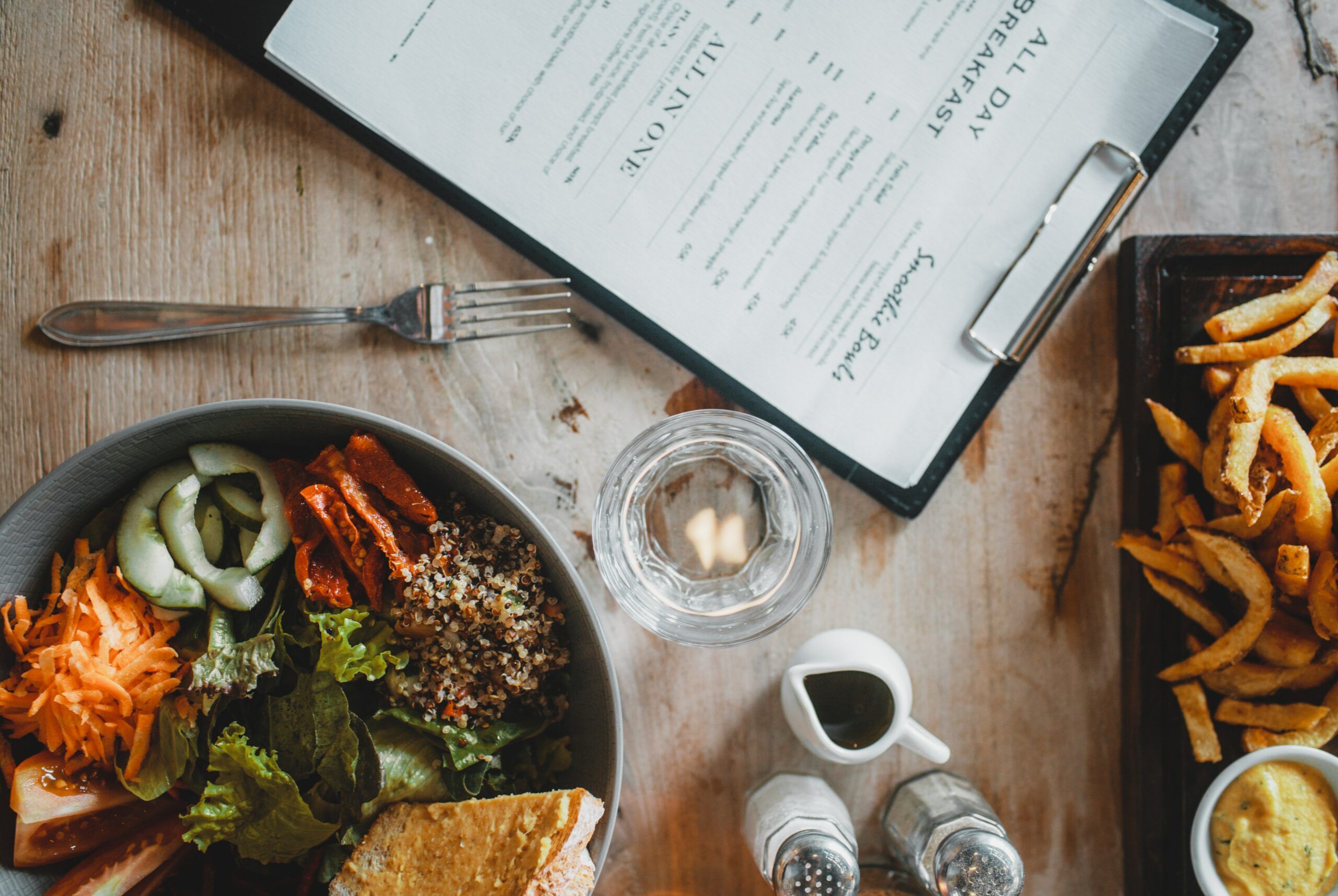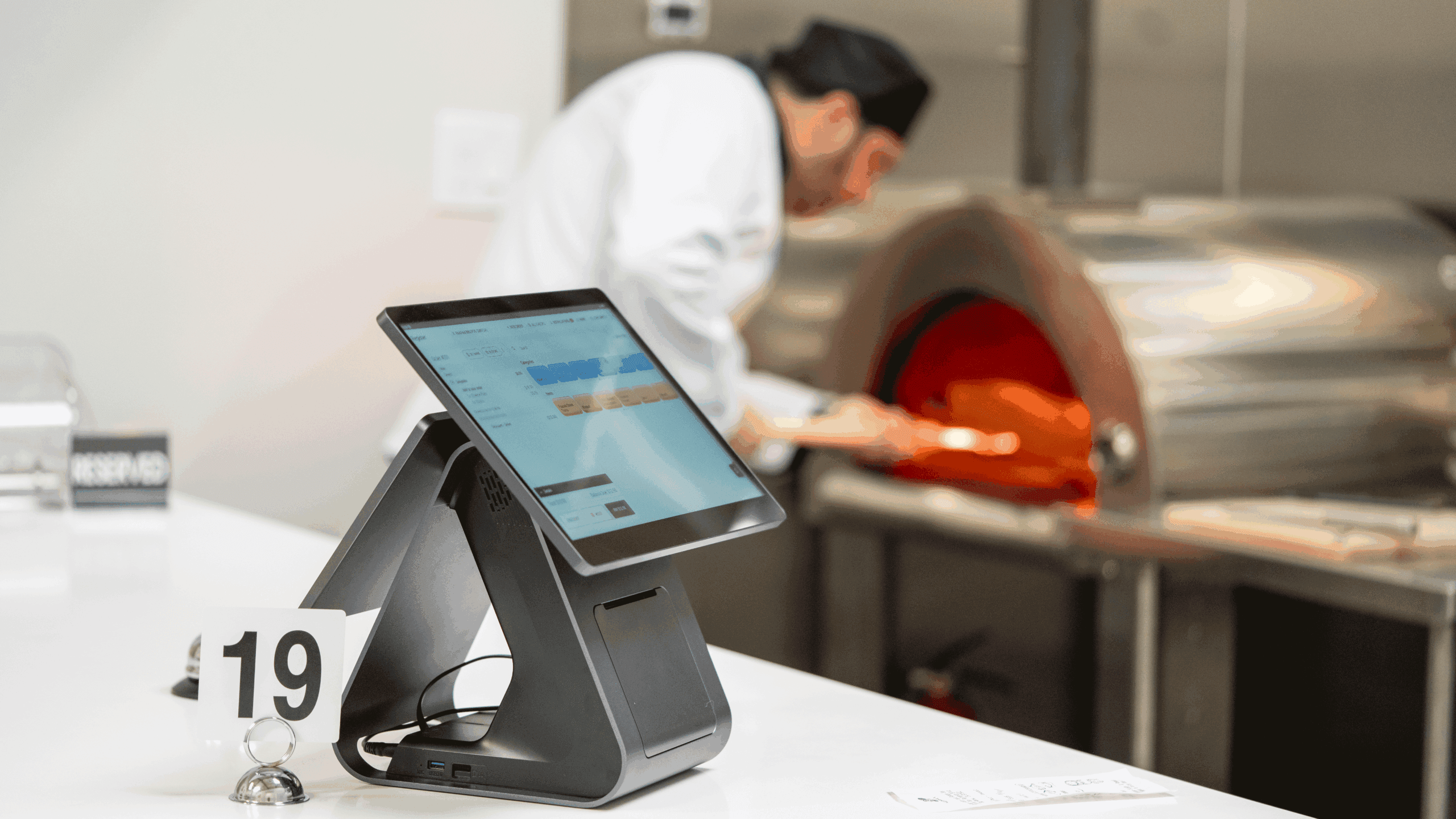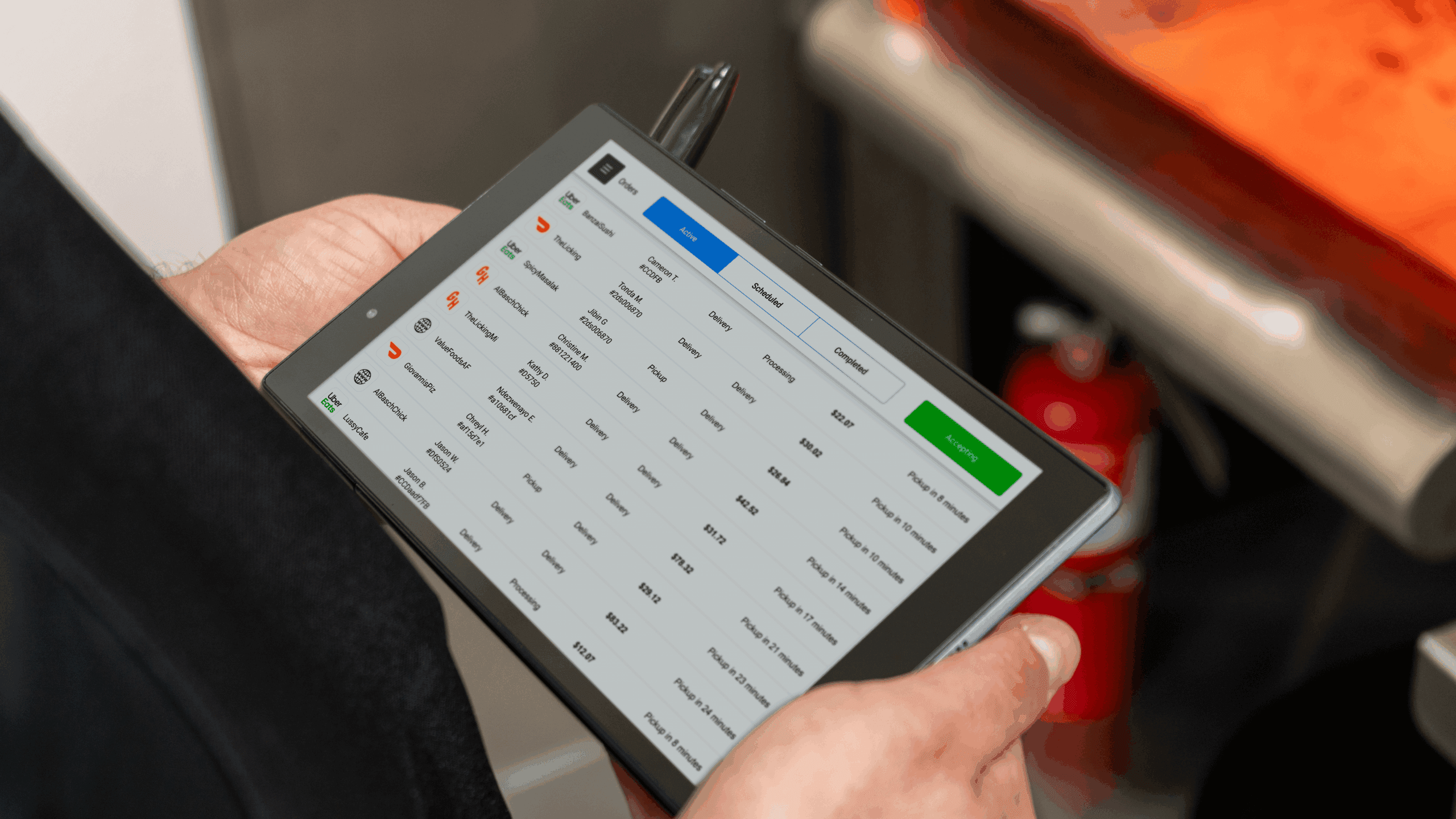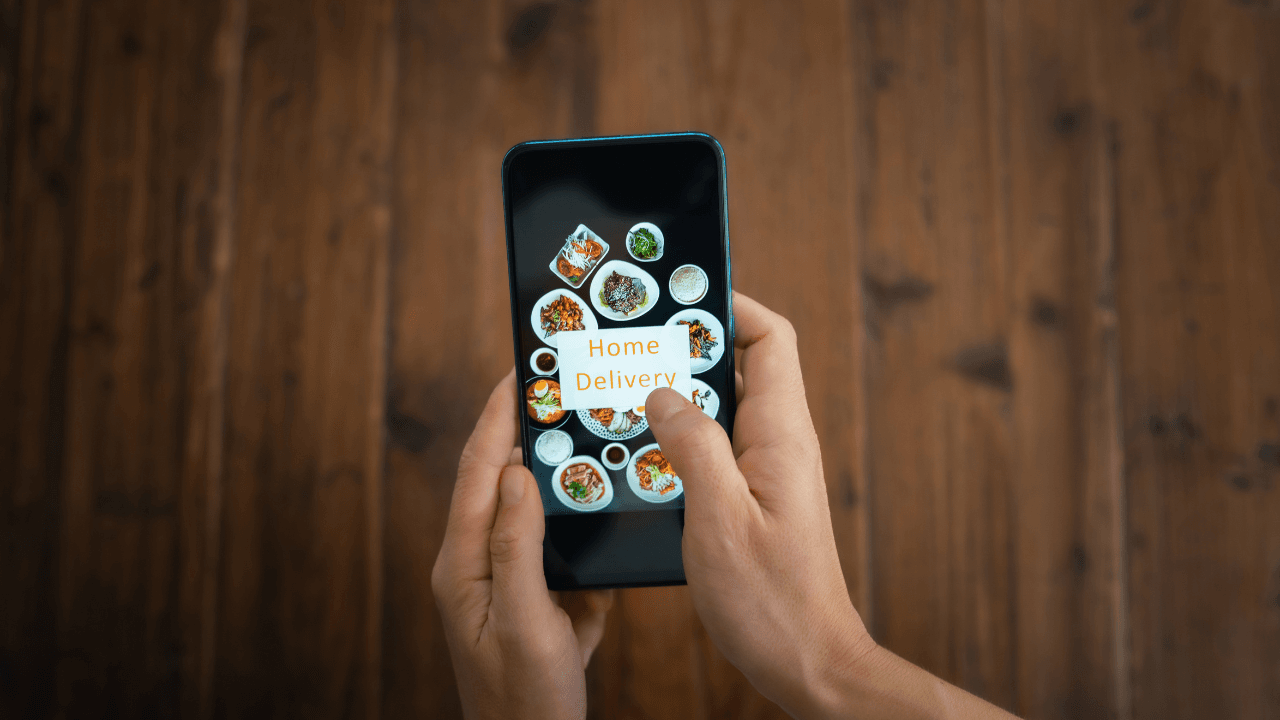In the bustling, ever-evolving world of culinary arts, where palates are refined, and the hunger for new experiences is insatiable, the role of a restaurant menu cannot be overstated. It is not just an extensive menu of dishes and their prices; rather, it is a meticulously crafted, persuasive document that serves as the very foundation of a dining experience.
Like the first few notes of an overture setting the tone for the symphony that follows, a well-designed menu can ignite the senses and set the stage for a memorable culinary journey.
However, crafting such a powerful and enticing menu is no easy feat. The challenge lies in balancing creativity and practicality while staying true to the identity of the establishment and meeting the ever-changing demands of discerning diners.
In this article, Orders.co will delve into the art and science of designing effective restaurant menus that not only satiate appetites but also leave an indelible mark on the hearts and minds of your patrons.
Prepare to embark on a gastronomic adventure as we explore a smorgasbord of tips that will elevate your menu to new heights of success!
10 Tips for Crafting an Effective and Successful Restaurant Menu
Now that you have a better understanding of the role an effective menu plays in enhancing your restaurant’s image and profitability let us explore some tried-and-tested tips for crafting an irresistible menu.
Know Your Target Audience
Knowing your target audience is a vital aspect of creating an effective menu for your restaurant. By understanding the demographics, preferences, and needs of your customers, you can tailor your menu to appeal to their tastes and desires. This not only helps to draw new customers but also ensures that existing customers keep coming back for more.
For instance, if your target audience is health-conscious, you may want to include more vegetarian and gluten-free options on your menu. Alternatively, if you’re catering to families with young children, you may want to focus on offering larger portion sizes and kid-friendly options.
By knowing your target audience and creating a menu that caters to their needs, you can increase customer satisfaction and, ultimately, drive sales for your restaurant.
Keep It Simple
When it comes to creating a restaurant’s menu, keeping it simple is key.
A cluttered and complicated menu can overwhelm customers and detract from the dining experience. By keeping the menu simple and easy to read, customers can quickly and easily find the dishes they want to order.
This means using clear and concise language, grouping similar items together, having separate menus for different meals, and avoiding using overly technical or obscure terms. A simple menu not only improves the customer experience but also makes it easier for staff to manage and maintain.
With a simple menu, restaurants can create a more efficient and enjoyable dining experience for both customers and staff alike.
Highlight Your Signature Dishes
There’s hardly anything more important for a restaurant than its signature dishes. These are the dishes that customers keep coming back for, the ones that generate buzz and word-of-mouth recommendations.
Highlighting these dishes on the menu is a crucial step in creating an effective menu for your restaurant. By making your signature dishes stand out, you are not only enticing customers to try them but also establishing your restaurant’s identity and brand.
Whether it’s a special recipe passed down through generations or a dish that uses a unique combination of ingredients, showcasing your signature dishes on the menu is a surefire way to keep customers coming back for more.
Use High-Quality Images
In today’s digital age, customers rely heavily on visual cues when making dining decisions. This is why using high-quality images of your dishes is crucial in creating an effective restaurant menu.
A well-lit and expertly composed photograph can make the dish look more appetizing and can help customers visualize what they will be ordering. A poorly shot photograph, on the other hand, can make the dish look unappetizing and may deter customers from ordering it.
It’s important to invest in professional photography or to have a skilled team member take high-quality photographs of your dishes. By using high-quality images of every single menu item, you can entice customers to order and enhance their overall dining experience.
Offer a Variety of Options
Offering a variety of options on the menu is not only important for accommodating different tastes and dietary restrictions, but it also shows that the restaurant is committed to providing a diverse and inclusive dining experience.
By offering vegetarian, vegan, and gluten-free options, as well as dishes that cater to different cultural preferences, the restaurant is able to appeal to a wider audience and create a welcoming atmosphere for all customers.
Additionally, offering a variety of options can help to differentiate the restaurant from competitors and set it apart as a destination for diverse and delicious cuisine.
Use Descriptive Language
Using descriptive language is a key aspect of creating an effective restaurant menu. It’s not enough to simply list the ingredients of a dish – you need to paint a picture in the customer’s mind of what the dish will taste like.
Using adjectives such as “succulent,” “crispy,” or “flavourful” can give customers a sensory experience that makes their mouths water and encourages them to order the dish. Describing the texture of a dish, such as “silky” or “crunchy,” can also make it more appealing.
Using descriptive language not only makes the dish sound more appetizing but can also set the tone for the dining experience, creating a sense of anticipation and excitement for the customer.
Your Inbox, Your Rules!
Tailor your newsletter with the topics you're most interested in.
Consider the Layout and Design
People are visually oriented, and the layout and design of a menu can make a big difference in whether or not customers decide to order.
A well-designed menu should be easy to navigate and visually appealing. Some restaurant menu design tips involve using a clear hierarchy of information, with headings and subheadings, to group similar menu items together. It’s also important to use fonts and colors that are easy to read and reflect the style and atmosphere of the restaurant.
Images of the dishes can be a powerful tool in enticing customers to order, but they should be used strategically and in high quality. By putting thought and effort into the restaurant menu design and layout, restaurants can create a more enjoyable and effective dining experience for their customers.
Include Pricing Information
Including pricing information on your menu is a crucial aspect of creating a great restaurant menu. Customers want to know how much they will be paying for each dish, and not having pricing information can make them feel uncomfortable or uncertain about ordering.
It’s important to list the price next to each item on the menu in a clear and easy-to-read format. This not only helps customers make informed decisions but also avoids any confusion or surprises when the bill arrives.
Additionally, using consistent pricing throughout the menu can help create a sense of transparency and trust with customers, which can lead to repeat business and positive word-of-mouth recommendations.
Incorporate QR Codes
One tip that can make your menu stand out and appeal to modern customers is to incorporate QR codes.
QR codes are easy to generate and may be placed on your printed menu, allowing customers to quickly scan them with their smartphone and access additional information, such as nutritional information, allergen information, and cooking methods. QR codes may also be used to link to online ordering platforms or to promotions and specials.
By incorporating QR codes into your menu engineering, you can provide customers with a more interactive and engaging dining experience and stand out as a tech-savvy and innovative restaurant.
Keep the Menu Updated
In the restaurant industry, where the competition is high, keeping the menu updated is crucial to attract customers and stay ahead of the game.
Updating the menu regularly ensures that your customers are always excited to try something new and keeps your offerings fresh and relevant. By incorporating seasonal ingredients and new trends, you can keep your customers coming back for more.
Additionally, removing items that are not popular or are no longer cost-effective can help streamline your menu and improve efficiency in the kitchen. Keeping the menu updated also shows that the restaurant is proactive and committed to providing the best dining experience for its customers.
Increase Customer Satisfaction and Boost Your Bottom Line with a Well-Crafted Menu
Creating an effective menu for a fine dining restaurant requires careful consideration of various factors, from the layout to the pricing strategy.
By following the 10 tips discussed in this article, restaurant owners and managers can create menus that not only entice customers but also enhance their dining experience, leading to increased satisfaction, loyalty, and profitability.
Remember, a well-designed menu is not just a list of dishes; it’s a powerful marketing tool that can make or break a restaurant’s success. So, put in the time and effort to craft a menu that reflects your brand, appeals to your target audience, and showcases your culinary expertise.
With the right approach, your menu can become a key ingredient in your recipe for restaurant success.










